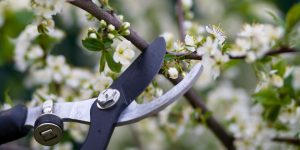Goodbye Winter Landscapes and Hello Spring!
Anticipating Springtime March Sale
Hello Fellow Gardener,
On February 24th, our new ANTICIPATING SPRINGTIME MARCH SALE starts and gives you 30% OFF ALL REDBUDS, DOGWOODS AND CAMELLIAS IN STOCK!
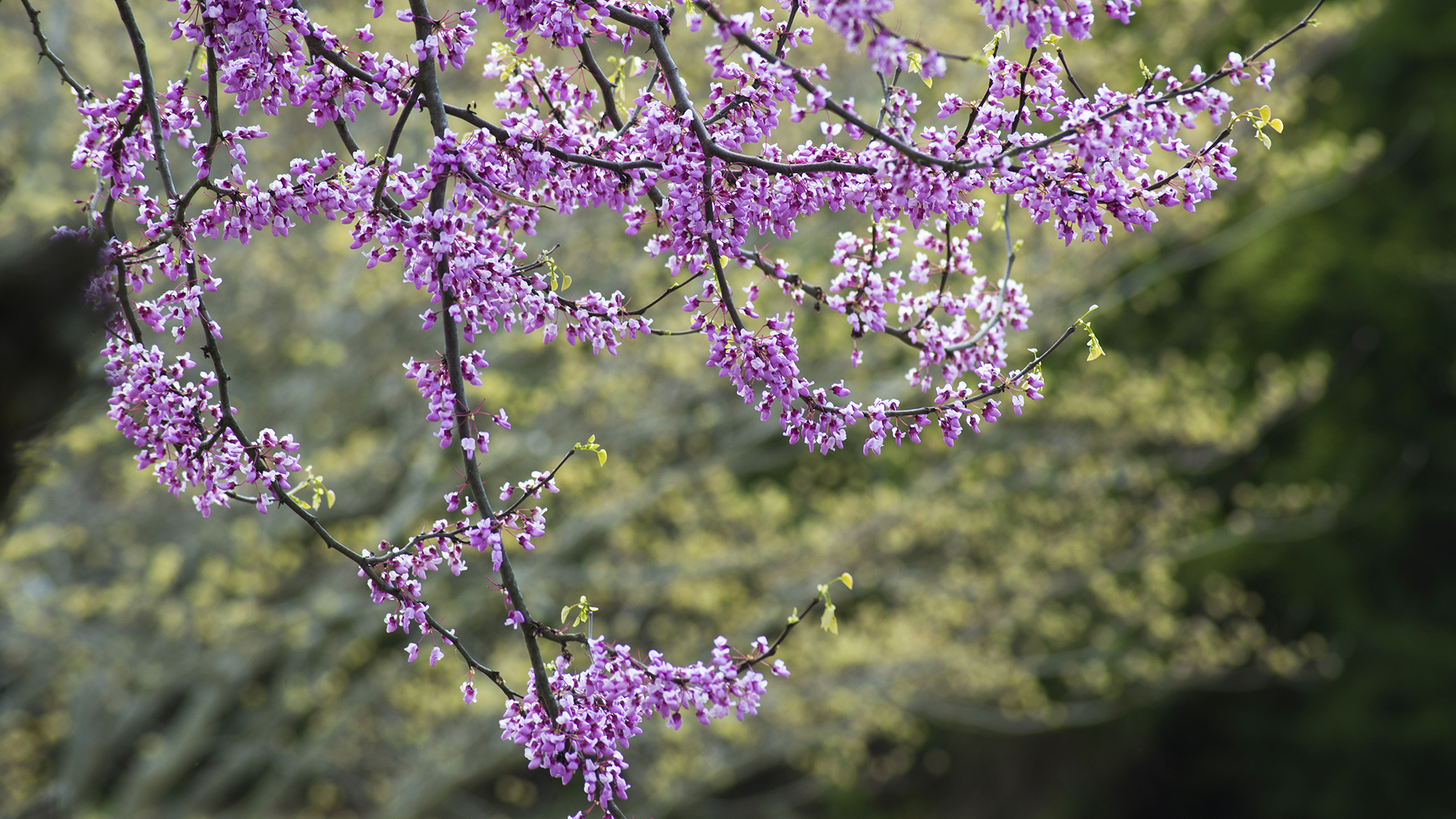
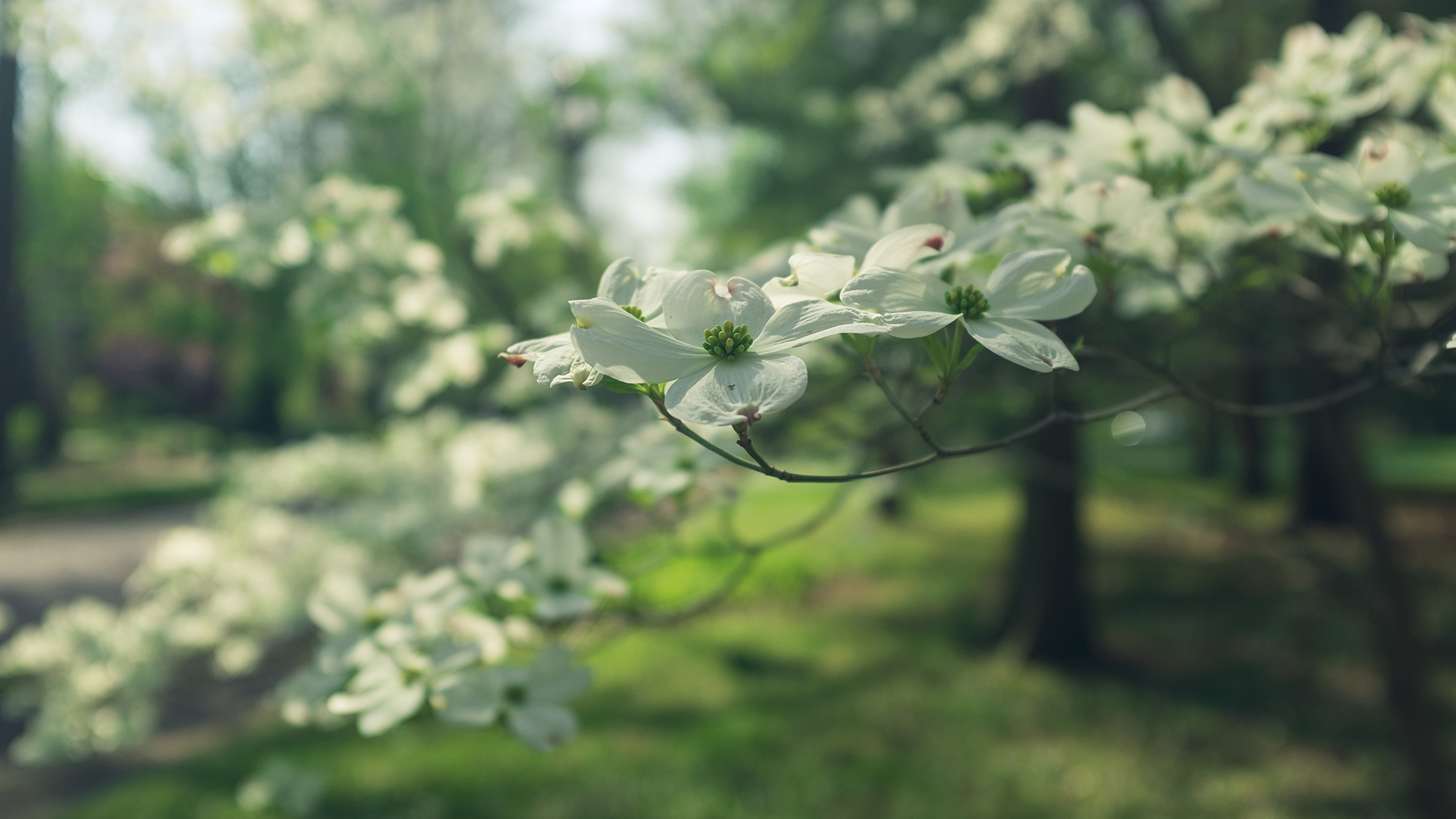
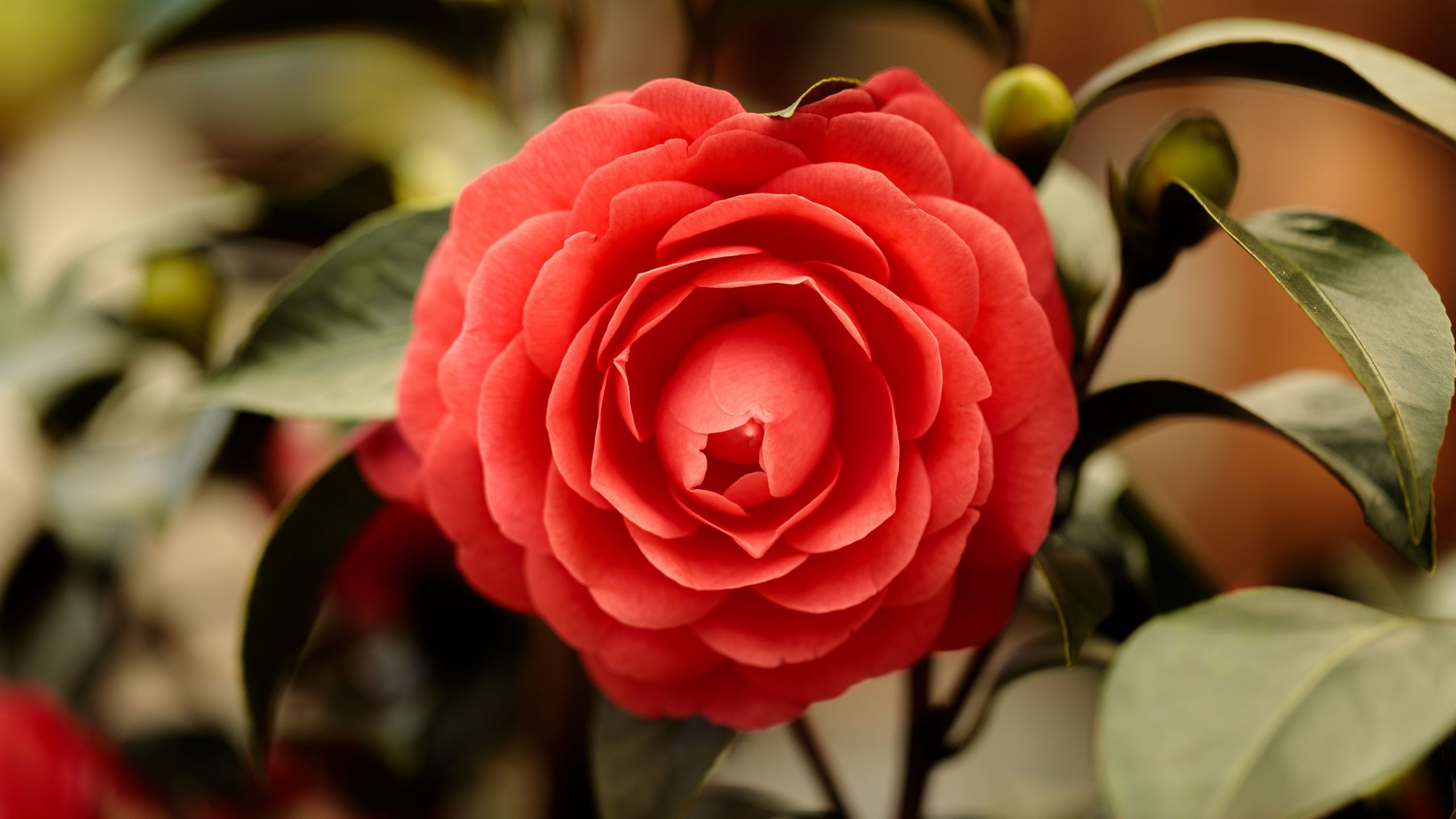
Exclusively for our Newsletter Subscribers!
For being such loyal customers, we are offering you 50% OFF ALL PEONIES IN STOCK DURING THE MONTH OF MARCH!
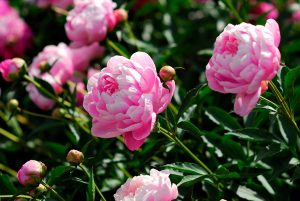
Designing for Winter Interest
by Freja Carlson, Landscape Designer
The winter landscape can be one of the biggest challenges in landscape design. Even though it is challenging, winter interest in landscapes does not have to solely be achieved through the use of evergreen trees and shrubs. Some deciduous trees have interesting bark textures and colors that are hidden by their leaves in the summer months. Paperbark maples are a good example, with peeling bark that adds a delicate, flaky texture to the structure of the tree.
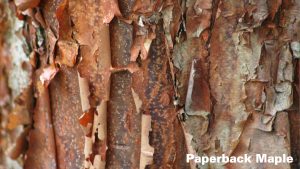
Precocious plants, or plants that flower before the leaf buds break, are another way to add a pop of color to your landscape in late winter. Redbuds flower in this way and their flowers are also cauliflory, which means their flowers are along their branches and trunk. This means the flowers draw attention to the internal branch architecture, not just the tips. Many plants that are common in landscapes also often have a weeping variety that can provide interesting winter forms. If you are interested in deciduous plants with weeping form, ‘Lace Parasol’ weeping winged elm or ’Purple Fountain’ weeping European beech are good options that you may not be familiar with. Angel Falls White Pine is another example of a weeping form that would bring in a unique evergreen texture to your landscape in the winter when other branches are bare. We all love the flowers and foliage of the spring garden but a thoughtful winter landscape design can brighten the darkest winter days.
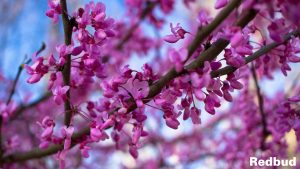
Say Hello to Spring with Hellebores
by Matt Cox, Landscape Designer & Maintenance Supervisor
In the chilly and often dreary days of winter we long for some signs of new life and fresh growth, a spot of color on a grey day. One plant that can be counted on to do just that is the Hellebore, sometimes called a Lenten Rose (though it’s not in fact a rose at all.) This tough, long-lived evergreen perennial with thick textured, deeply lobed leaves only requires a few warm days in January or February to coax flowers out of the ground.
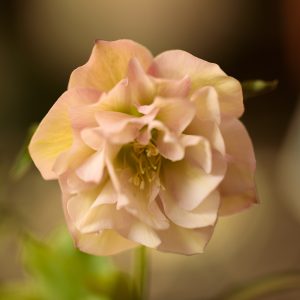
Forming clumps 12 to 18 inches tall and 18 to 24 inches wide, Hellebores are happiest in the shade garden, filtered light, or some morning sun with afternoon shade. While consistent moisture is appreciated, established plants are quite drought tolerant. They are left alone by deer and have few insect or disease problems. In fact, poor drainage is about the only issue likely to limit success with this plant.
Hybridizing has done much to expand the color and form of the blooms. There are now single blooms, doubles, and semi-doubles; blooms with blotches, contrasting veins, and picotee edges. The color ranges from almost black through purples, slate, and pinks to white and yellow.
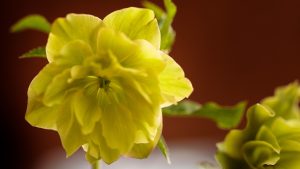
We have a beautiful range of color and flower types in stock now. Plant some next to a walkway or patio, around trees, or where they can be seen from a window so you can best appreciate their early display. You can also clip individual blossoms and float them in a bowl for indoor enjoyment. Their early bloom and ease of culture make them a gardener’s no-brainer. Add some (or some more!) to your landscape this spring!

